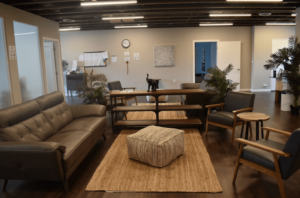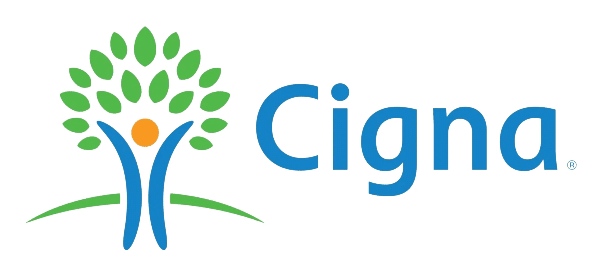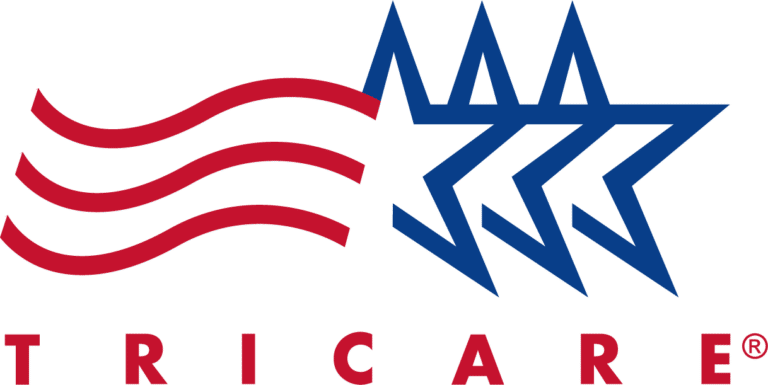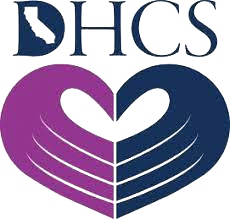In 2017, over 47,000 people died from opioid-related drug overdoses, and 36% had prescription drugs. This alarming scenario reflects a widespread public health issue of opioid misuse, encompassing prescription medication, illicit opioids like heroin, and potent synthetic opioids like fentanyl. The misuse of these substances has triggered a rise in opioid use disorder, substance abuse and a rapid increase in opioid overdose deaths.
Given the easy accessibility and immediate relief these prescription pain medications provide, it’s not surprising how swiftly individuals can fall into the trap of opioid addiction. An unfortunate consequence is an increasing number of individuals experiencing opioid withdrawal symptoms when trying to wean off these potent substances. When opioid withdrawal becomes unbearable, many, as per the National Institute on Drug Abuse, transition to street drugs such as heroin due to its lower cost and straightforward availability. This often results in higher drug abuse rates and increased substance use, further intensifying the public health crisis.
In light of the growing menace of opioid addiction, many addicts and their loved ones now have Narcan on hand. Narcan’s work is essential in this context. This article will elucidate what Narcan is, how Narcan work, and the effects of Narcan on both addicts and various sectors of medicine.
What Is Narcan?
Narcan is the brand name for a drug called Naloxone. A generic Naloxone version also exists; another name you might see for Narcan is Evzio. This life-saving drug has been FDA-approved since November 18, 2015. Naloxone is an opioid receptor antagonist, which means it can act rapidly to reverse an opioid overdose. As an opioid antagonist, Narcan works against the effects of opioids on the opioid receptor, effectively blocking their harmful impact. It’s a critical tool in the arsenal of addiction medicine due to its proven efficacy in saving lives during an overdose event, significantly reducing the rates of opioid overdose deaths.
How Does Narcan Work?
When Narcan is administered, the drug depends on your body’s opioid receptors in your brain, brainstem, spinal cord, peripheral nerves, and gastrointestinal tract. These receptors, known as opioid receptors, regulate your pain and comfort levels; however, a careless and detrimental offshoot of your opioid system is its significant role in addiction.
Narcan becomes a potent tool during overdoses as it obstructs your opioid receptors. When a person is under the influence of opioids, these drugs attach to these receptors. However, the introduction of Narcan dramatically alters this opioid-receptor interaction. Narcan’s affinity to these receptors is so powerful that it dislodges the opioids and takes their place.
When Is It Used?
Over time, the body builds a tolerance to opioids. This means that to achieve the same high as before, an addict must consume an increasing amount of the opioid drug. Even if an addict attempts to quit, opioids have an overpowering grip on the body, and the opioid withdrawal symptoms can often lead to a relapse.
The intervention of Narcan is crucial when an opioid overdose occurs. The sooner it is administered, the better.
Signs of an overdose typically include:
-
- Breathing has slowed, or the person stops breathing, indicating respiratory depression
-
- Paleness
-
- Limp body
-
- Vomiting and gurgling sounds
-
- Blue fingers and lips
-
- Inability to speak
-
- Loss of consciousness (you can’t wake them up)
Upon witnessing these signs, call 911 immediately, as these symptoms could be life-threatening. It is crucial to have emergency medical staff en route while Narcan is being administered.
How to Administer Narcan
Naloxone comes in three forms: injectable Naloxone, auto-injection (Evzio only), and naloxone nasal spray. The naloxone nasal spray is becoming increasingly popular due to its easy administration, non-invasive nature, and quick onset of action.
The method of administration and potential follow-up doses depend on the individual’s response to the initial dose of Naloxone. In cases of severe opioid overdose, especially those involving potent synthetic opioids like fentanyl, multiple doses of Narcan may be needed. As such, it can often be a race against the clock in high-intensity overdose events.
If the person revives after Narcan administration, they may experience unpleasant opioid withdrawal symptoms due to the abrupt removal of opioids from their receptors. At this stage, staying with the person is crucial as they may be tempted to consume opioids again to regain the high.
Remember, Naloxone only works for about 30 to 90 minutes, meaning an overdose is still possible afterward if an exceptionally high dose of opioids was initially consumed.
Possible Side Effects
Apart from withdrawal, Narcan can induce other side effects, including dizziness, fatigue, flushing, restlessness, irritability, stomach pains, diarrhea, fever, goosebumps, and a runny nose.
If Narcan is administered to a sober individual, they will not experience any effects. At most, they might feel slight discomfort.
The Narcan Effects on Psychiatric, Mental Health, and Addiction Medicine
Undeniably, Narcan has bestowed a second chance at life for many opioid addicts, potentially preventing thousands of fatal overdoses. Encountering such grave life-and-death situations, Narcan has empowered many addicts to confront their addiction and seek help, starting with opioid detox and therapy.
Addressing the mental health aspects of addiction is just as crucial as dealing with the physical side. Often, mental health issues and addiction are intertwined; addressing one can aid in treating the other.
While Narcan cannot be used as a standalone treatment for addiction, it provides a significant lifeline for those consuming dangerously high doses of opioids over extended periods. It can prevent a fatal overdose, giving individuals time to decide when to detox and enter rehabilitation.
Narcan can be a lifesaver for those newly detoxed, and many people who are newly sober and experience a relapse often misjudge their tolerance and are at risk of overdose. If they have an auto-injection of Naloxone available, it could save their lives.
Get Help Today – Tres Vistas Recovery
The first step towards recovery is admitting you need help. When you’re ready to seek assistance on the road to sobriety, know that you also have professional support in addition to your friends and family members. Tres Vistas Recovery is a comprehensive outpatient opioid treatment center that provides high-quality care.
Our outpatient rehab in Orange County offers various addiction treatment services to help aid in recovery and lend a helping hand so you become happy and healthy again. If you or someone you know needs help with addiction recovery, contact us today at Tres Vistas Recovery.

Tracey Kane is a Marriage and Family Therapist (LMFT) and Assistant Clinical Director at Tres Vistas Recovery. With over 11 years of experience in the field of addiction treatment, Tracey has dedicated her career to helping individuals struggling with substance abuse and mental health issues.














